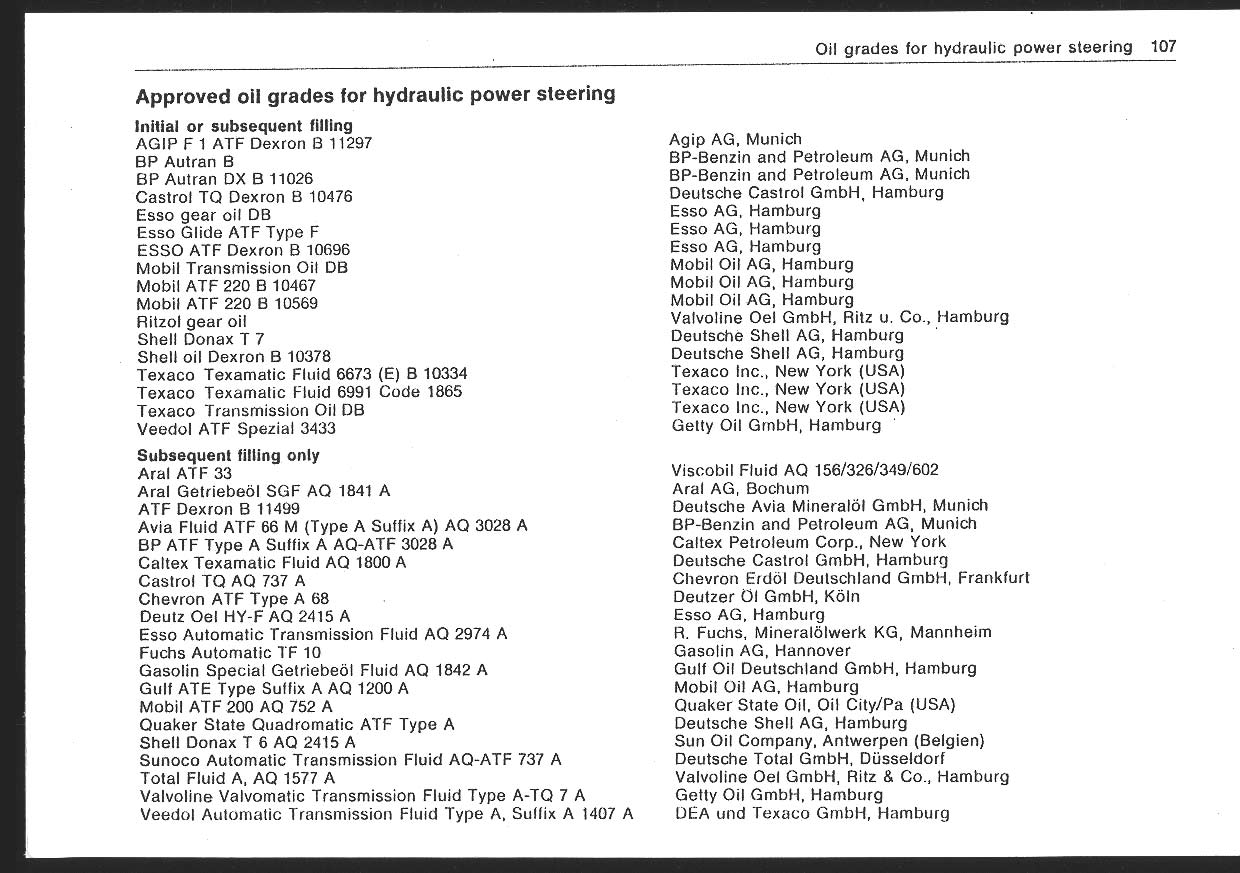Rek
Well-Known Member
My donor car has a cooling apparatus - a serpentine aluminium cooling array which the steering fluid passes through. This metal tubing sits in front of the main radiator. There was nothing like this on my '71 CS
My question is, do I need to repllcate this and has anyone had any issues with steering fluid heating up?
Any experience or advice welcome.
My question is, do I need to repllcate this and has anyone had any issues with steering fluid heating up?
Any experience or advice welcome.

